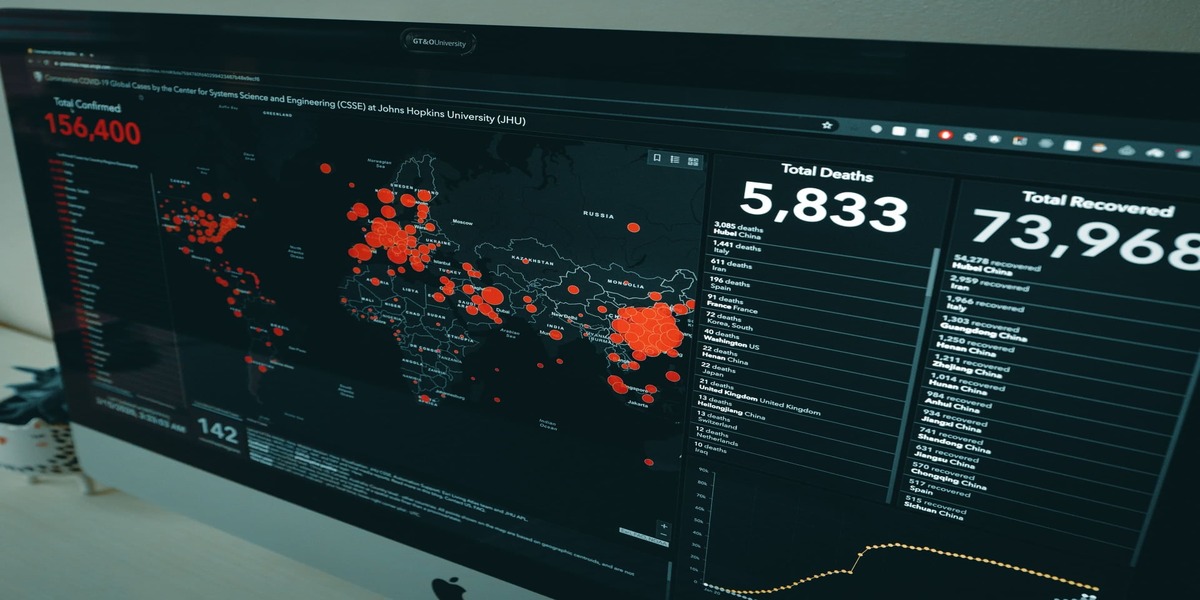Too Many Asks From The Business But Few Data Resources!

Businesses drown in questions but lack data resources. Focus on high-impact KPIs and driver metrics to empower analysts as strategic partners, not just data responders. Learn how prioritizing the right projects can boost growth—read the full article!
As a business, there are lots of questions that can be asked of data. Some can be answered by building thoughtful dashboards, while some require analysts' time and effort to get to the answers.
Going back to our food delivery app example from last time, there can be a ton of questions that can be asked on how I improve my time to delivery, location tracking, and many more. You will never have enough analytics resources to answer all your questions.
So, it is only logical that you prioritize the questions based on the estimated impact. The answers to some questions would drive no value. Yet, the answers to some questions may drive growth upwards up to 20-30% or 2X, 3X. Given that analysts are limited resources, you would want to answer the questions based on priority.
This, however, depends on how the business views the data and analytics resources. Do they view them as a thought partner? Or do they view them as - I ask questions, and you get me the answer tactically by writing SQL codes or building a chart?
The latter is quite common in the industry because heads of data are not able to take a stand against this and effectively end up becoming Jira managers, juggling through the tickets like the wasp in the picture instead of solving the highest value problems and defining the path the business takes.

How to Use Data and Information Resources in Business to Your Advantage
Data and Analytics enthusiasts, if we want to be the thought partner businesses need, we must plan upfront and layout the analytics agenda. I have a framework for that called the three key questions framework.
Let’s see how we would lay out the analytics agenda for our food delivery start-up we discussed in this video. First, let’s lay out the KPIs, then the driver metrics, and figure out the projects that line up with that. The two most important metrics which most organizations go with are:
1. Growth, they all are looking to grow, and the other one is
2. Revenue/Profits.
These are those Key Performance Indicators (KPIs). And then you start figuring out what drives your metrics. So, for example, growth is essentially your customer growth, right.
You can look at the number of customers. And a number of customers are a function of your retained customers from last week or last month. However, you can call it. Basically, a number of customers are retained customers and acquisition, and then what is the acquisition a function of? Is it some advertising campaign and so on and so forth?
Data Analytics for Business - A Growth Driver
Figure out your top metrics and top KPIs. Most of the start-ups have these top KPIs. Again, if they are not operational heavy, operational heavy will have other metrics. And then figure out the driver metrics and then figure out, hey, 1% increase in our acquisition = how much growth? And how much revenue?
And that is how you start figuring out, what is the relative importance of each of these aspects. Each of these driver metrics to your end goal. And if 1% acquisition = let’s say X revenue, let’s say 10M dollars in revenue, and if you increase retention by 1%, it = 2M dollars, you’ll start understanding the relative scale of these buckets that you must look at.
Now, suppose you now line up projects which say, I am potentially looking at increasing the acquisition rate or improving the efficacy of acquisition, and that should drive 1% incremental. In that case, that will be 10M, which would be greater than any project you would go for potentially retention, where you are targeting 1% worth 2M and so on.
So, this is, of course, simplifying a lot, but this gives you a fair idea. Figure out the KPI, figure out the drivers of your KPI, and figure out your projects lined up with it. Estimate the value of that, and then make sure that you have your you know, list of 50 projects. Figure out the top 10 of those, and that’s your analytics data. I hope you found this useful.
This article was contributed by our expert Piyanka Jain
Frequently Asked Questions Answered by Piyanka Jain
Q1. What kind of data resources is important for a business today?
Most businesses may think that analytics tools are important data, but they may not be the most important.
The business may use AWS S3 as the data lake, while the snowflake and cockroach DB can be used to organize the data into a fast database. The analytics tools like Amplitude and Google Analytics may be used to collect and do simple analyses, while tools like Sagemaker can be used to do more complex analyses, build statistical models and deploy them.
While these tech stacks and tools are important as you grow your business, I believe the most important data resource a business can have today is the analysts who are empowered to ask the why behind the what.
Q2. What does data analytics do for business?
Data analytics can make or break a business. While a business can hire many data analysts, and yet they may not be able to drive growth. They would simply be asking questions from the data, and the analysts would answer those questions. This way, no matter how many analysts a business may hire, it will never be able to drive growth.
On the other hand, data analytics can help the organizations grow manifold, provided they use their analysts as thought leaders, define an analytics agenda, and have a structured approach to accomplish the analytics agenda.
Q3. What type of data is important to business?
The answer to this question is very simple. It is the data that drives growth and profits for the business.
The business should not just think of the present situation but also the future. Say your food delivery app has 10,000 customers today, and one year from now, you want to expand to 100,000 customers. Would you be using the same data strategy as you are using now? Probably not.
Remember, a business may be collecting millions of data points, but not all the data has the same value. The business will only be using some (top 300-500) metrics every day, and this data is important to the business. These need to be stored in a well-designed and fast database vs. the other data points that can sit in a data lake.
Q4. How is data analytics being used in business?
To answer this question, let me narrate a story.
A monk is slowly walking along a road when he hears the sound of a galloping horse. He turns around to see a man riding a horse moving in his direction. When the man reaches closer, the monk asks, “Where are you going?”. To which the man replies, “I don’t know, ask the horse,” and rides away.
This is exactly the current situation of how analysts and data analytics is used in most businesses today. The business leaders come up with a hypothesis and ask the analysts to pull up the data to answer those questions. Most answers to these ad-hoc questions wouldn’t drive impact on the businesses, and they would be simply wasting the expensive time of the analysts.
Now, let me tell you how data analytics should be used in business. The analyst should be treated as a thought leader. The businesses work with the analysts to define the KPIs and the drivers of the KPIs and then draft the list of projects that drive the KPIs. The analysts then estimate the impact of each of the projects and select the top projects that drive the maximum impact. This is how data analytics should be used in businesses.
Comments
No comments yet. Be the first to comment!
